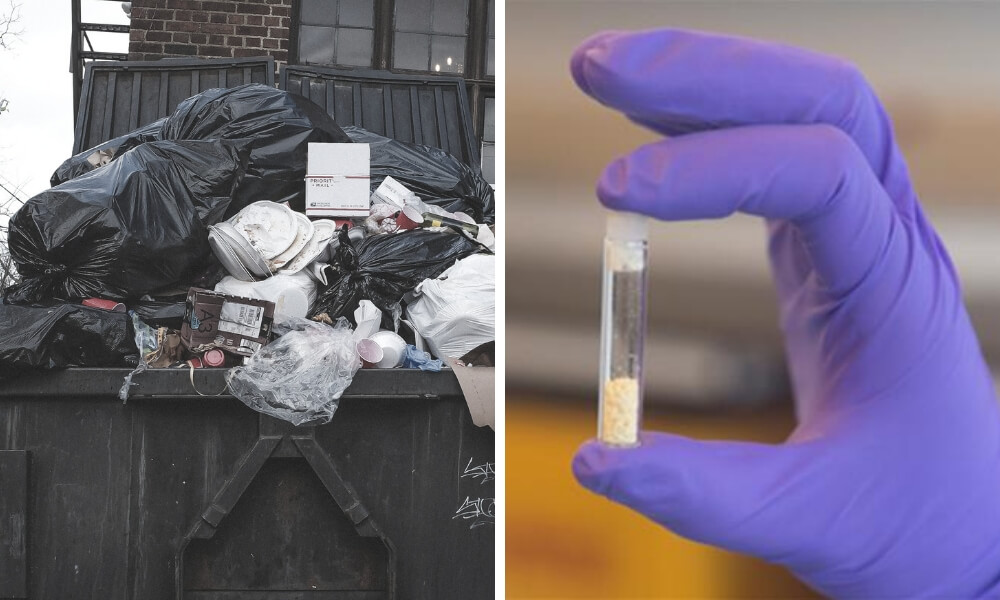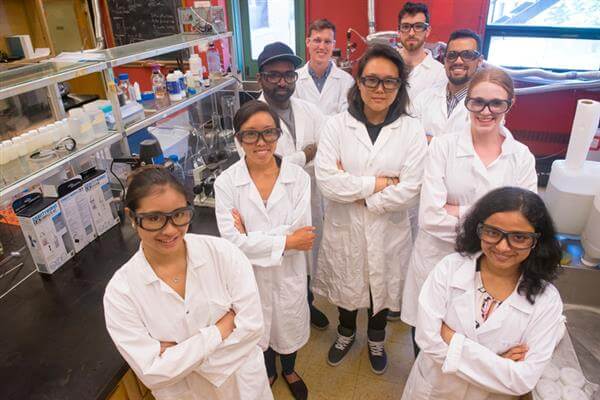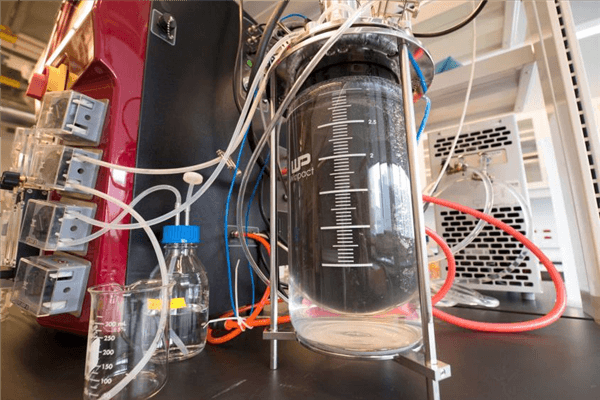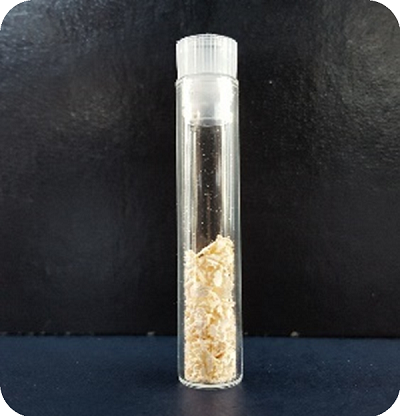3D printing with recycled plastic: Turning food waste into sustainable materials
Posted By Kat Plewa on Oct 3, 2018 | 0 comments
Additive Manufacturing is a cutting-edge technology already, producing 3d printed hearts and turning light into electricity, but there is always room for improvement. And what if we can improve both the materials and the impact we have on our environment? This is the future of 3D printing as the researchers convert restaurant food waste into bioplastic. Discover more about the project with our blog post.
How did the Genecis project start?
Luna Yu, the CEO, and founder of Genecis, completed her undergrad and master’s degree at the University of Toronto Scarborough (UTSC), where she collaborated with her fellow students and founded the Genecis start up with the aim to develop renewable plastic. Yu describes the mission: ‘’More than $1 trillion worth of food is wasted globally every year. What we’re able to do is take this waste and turn it into something of higher value’’
https://www.3ders.org/articles/20180927-utsc-start-up-genecis-converts-food-waste-into-bio-plastic-for-3d-printing.html
Firstly Luna learned about turning restaurant food waste into biogas. Later on, at The Hub, UTSC’s entrepreneurial incubator, she started brainstorming with environmental science students and creative engineers on other applications of unused food. ‘’We looked at different types of bio-rubbers and bio-chemicals before landing on PHAs. We felt it had the biggest market potential’’.
It’s especially exciting news for the Additive Manufacturing industry as we’ll be able to use fully biodegradable 3D printed with recycled plastic, which potentially could substitute traditional materials and solve the issue of wasted leftovers or parts that didn’t print correctly.
https://www.3ders.org/articles/20180927-utsc-start-up-genecis-converts-food-waste-into-bio-plastic-for-3d-printing.html
What is the mysterious PHA?
PHAs, or polyhydroxyalkanoates, is produced by bacteria in 3 steps. The process starts with a mixture of oxygenless bacteria which breaks down the food waste into acids, this step is similar to how our stomachs work. Secondly, the process is repeated, but with a special bacteria which produces PHA in their cells thanks to the fatty acids. The last action is to open the cells, gather and purify the plastic.
PHA already found use in producing thermo-resistant packaging and 3D printing materials! There is also a potential for it to be used to produce toys and in the medical industry, where, as a biomaterial, it is safe for children and patients. The project can also be extended to the development of other chemicals which could be used in cosmetics, health and wellbeing industry.
The numerous advantages of PHA
The whole method takes less than 7 days, to compare with production of bio bags that is 3 times faster. And that is only the beginning of benefits of PHA. It is not only quicker to produce, eco-friendly, solving humanity’s food waste problem, but also is biodegradable.
In the terrestrial environment, PHA degrades under 1 year and in marine environments, it takes less than 10 years to dissolve. Those numbers might seem still high, but hey are already an extraordinary improvement. This is one of the problems we face in the Additive manufacturing industry, and it could be easily solved with 3D printing with recycled plastic such as PHA.
On top of that, PHA fixes the recycling process. Many of us don’t know that despite using bioplastics, we make a mistake of throwing them to the wrong bin. That ruins the recycling cycle. Luna explains: ‘’Many people throw bio-plastics into the recycling bin rather than the compost, but it it’s not a thermoplastic, it can’t be remolded. This disrupts the physical properties of new recycled products- they will end up falling apart’’.
The answer to that issue is PHA, it won’t cause the disruption of recycling as it will degrade no matter the environment it ends up in. Additive Manufacturing can certainly make great use of that as we proved in our State of 3D printing report that plastic is still the most commonly used material in the industry. The vision of 3D printing with recycled plastic definitely brings hope for a positive impact on the environment.
How can you optimize your 3D printing for eco results?
To help you achieve the best 3D prints possible we offer different solutions. With our optimization tools you can hollow your objects, which will reduce the material usage and provide you with an eco-friendly product. Hollowing will also speed up your production and be affecting in lower costs. Control Batch is another tool you can find on our website and it will help you optimize the number of units you need. Last, but not least we offer Orientation tool which helps you choose the best position for your object resulting in smaller material usage.
We also talked about different design solutions for better results, such as lightweight structures in mass production projects. To do that you can find some lattice generators which will help you to produce not only stronger parts, but also at a lower cost and with less material waste. Learn more about lightweight structures and their benefits for your manufacturing with our ultimate guide.
And if you have any problems at any step of your production, design, prototype or manufacturing stage, we provide you with help all the way. Contact our 3D printing experts at our Design Studio who will answer any questions you might have.
What is the future of 3D printing with recyclable plastic?
Their future looks very bright! The startup is already an award-winning team of scientists and engineers. The first prototypes are already built and Genecis’ automated machines can collect and convert organic waste on-site. Not only that, a single machine will offset 243 tonnes of carbon dioxide emissions per year. Next year the company will also announce a plant capable of converting 3 tons of organic waste into PHAs weekly!
Is it time for you to optimize your designs to be eco-friendly? Don’t forget we can help with that with Sculpteo’s optimization tools and you can always contact us so we can together achieve the best results for your production.
Genecis plans to open its demonstration plant, so keep your eyes open to the best 3D printing news with our Newsletter!


 Connect with Google
Connect with Google Connect with Facebook
Connect with Facebook


